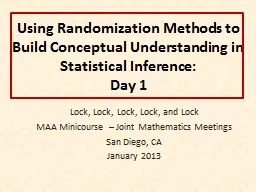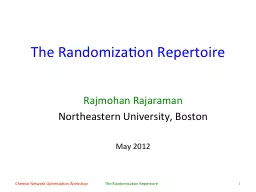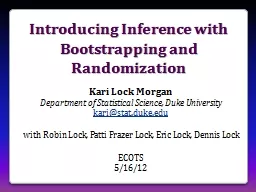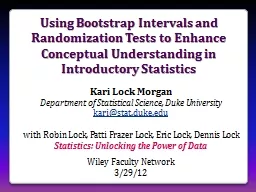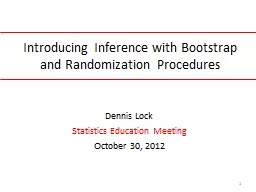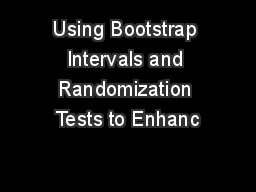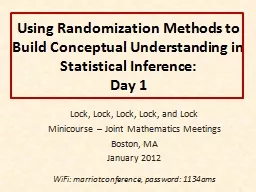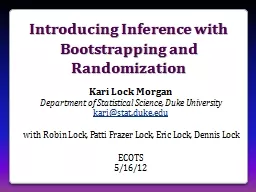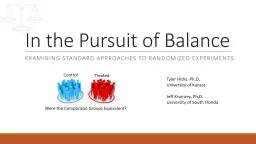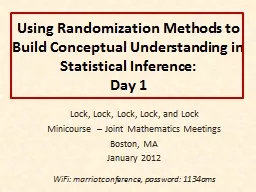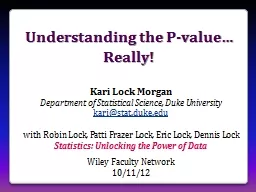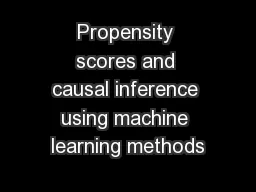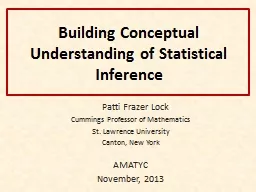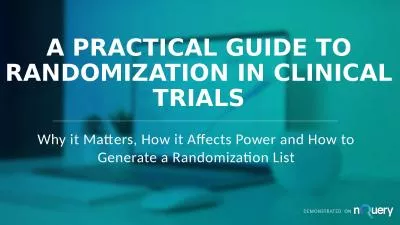PPT-Using Randomization Methods to Build Conceptual Understanding in Statistical Inference:
Author : olivia-moreira | Published Date : 2018-02-27
Day 1 Lock Lock Lock Lock and Lock MAA Minicourse Joint Mathematics Meetings San Diego CA January 2013 The Lock 5 Team Robin St Lawrence Dennis Iowa State Eric
Presentation Embed Code
Download Presentation
Download Presentation The PPT/PDF document "Using Randomization Methods to Build Con..." is the property of its rightful owner. Permission is granted to download and print the materials on this website for personal, non-commercial use only, and to display it on your personal computer provided you do not modify the materials and that you retain all copyright notices contained in the materials. By downloading content from our website, you accept the terms of this agreement.
Using Randomization Methods to Build Conceptual Understanding in Statistical Inference:: Transcript
Download Rules Of Document
"Using Randomization Methods to Build Conceptual Understanding in Statistical Inference:"The content belongs to its owner. You may download and print it for personal use, without modification, and keep all copyright notices. By downloading, you agree to these terms.
Related Documents

